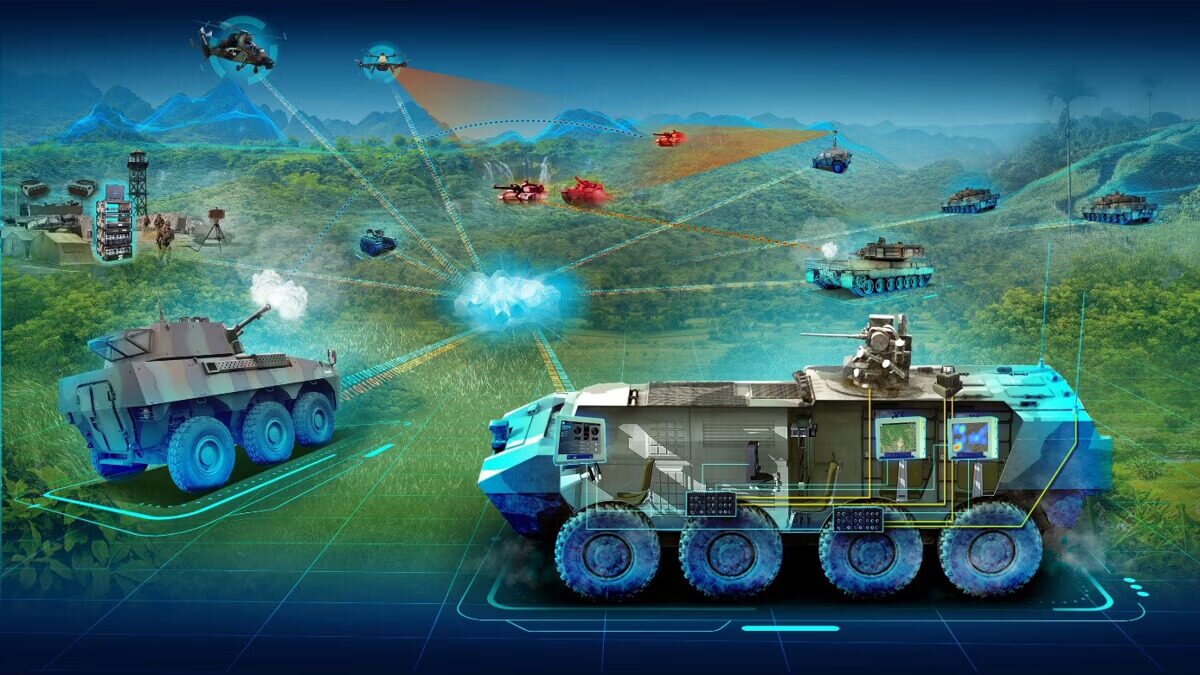The LATACC (Land Tactical Collaborative Combat) project aims to enable the different land combat systems being developed by each Member State (such as the Scorpion programme in France, CAMO in Belgium, DLBO in Germany, BMS-ET in Spain, FNEC in Italy, Ledningsstödsystem Mark (LSS Mark) in Sweden, MIME in Norway…) to coordinate their actions in coalition with very short response times, while interfacing with other domains (air, space, cyber) as well as civil systems (5G, etc.).
The LATACC project, coordinated by Thales, is led by a team of experts with proven experience of complex land systems, and will benefit from the partners' strong capacity for innovation in key areas such as cloud technologies, communications, sensors, integration of complex systems, robotics, effectors, AI and system resilience in constrained environments.
Over the next three years, the consortium of the LATACC project bringing together 34 industries will analyse the requirements of European users and conduct a series of studies to identify common operational scenarios, define interoperable open architectures that are compatible with current and future standards, and develop the key technological building bricks needed to produce advanced technology demonstrators.
Trials will be conducted under realistic operational conditions and during large-scale demonstrations to confirm the tactical benefits of land collaborative combat in European coalition operations.
A possible second phase of the LATACC project could develop additional functionalities and bring to maturity the key components developed in the first phase.
This initiative will define a European framework and tactical-level collaboration services to speed up innovation, enhancing interoperability between national programs as well as cooperations such as the future European tanks project, and will help to safeguard the sovereignty of European industry in the field of collaborative combat and the key technologies required to make the concept a reality.
LATACC is a good illustration of federation of a large number of industry players (major companies and SMEs), institutional partners (research institutes, etc.) and government agencies (European defence ministries) to tackle a complex topic with ground-breaking implications and strategic importance for the European defence community.









